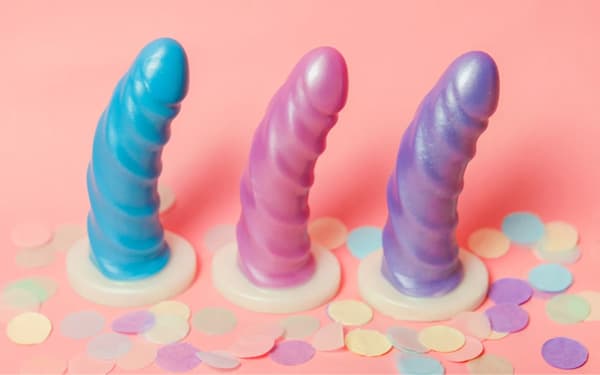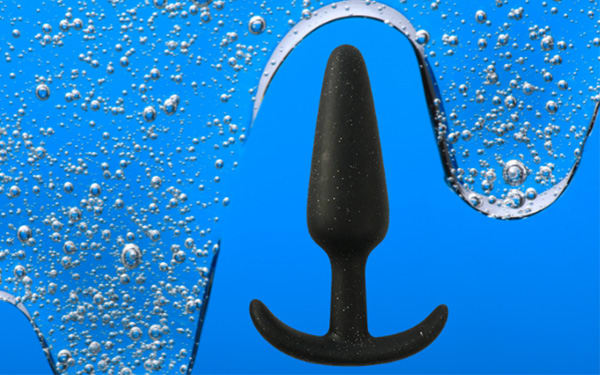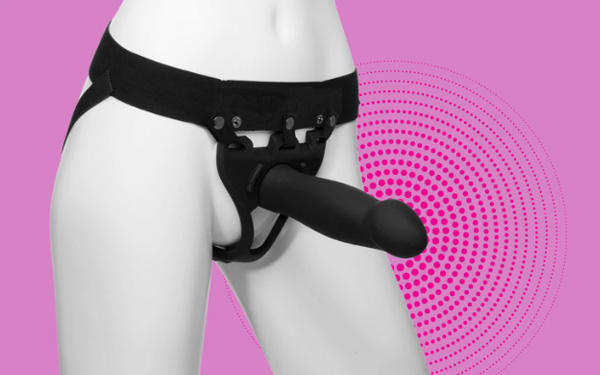The vulva includes the external female sexual organs and includes the outer lips, or labia majora, the inner lips, or labia minora, the tip of the clitoris and the vaginal opening. Women’s labia vary greatly in size, shape, and coloration. Similarly, the clitoral tip, or glans of the clitoris, can vary in size, shape, and color, and how far it protrudes from the clitoral hood.
The clitoris is located under the folds of skin where the top of the labia meet. Pulling back the hood of skin over the clitoris reveals the clitoral glans. The short rod directly beneath the skin and extending up to the pubic bone is called the clitoral shaft. Beneath the skin the clitoral shaft separates into two legs, or crura, which extend in a wishbone fashion for about three inches on either side of the vaginal opening.
The entire clitoris consists of erectile tissue made up of blood vessels, spongy tissue and nerves, just like the erectile tissue of the penis. During sexual stimulation this tissue fills with blood, and the clitoral glans, shaft, and legs swell and become firmer. Since the clitoral legs run beneath the labia, when you stimulate the urethra, vagina or anus, you indirectly stimulate the clitoris as well. The only function of the clitoris is to transmit sexual sensation.
Below the clitoris is the opening of the urethra, the tube that conducts urine from the bladder out of the body. The urethral opening is more visible in some women than others. The spongy area around the urethral opening is loaded with nerve endings and is an erogenous zone for many women, though for others stimulation of the area may not feel pleasant.
Inside a woman’s body, the urethra runs parallel to and in front of the vagina, so that the front wall of the vagina is closest to the urethra. The urethra is surrounded by spongy tissue dense with vessels and glands similar to the male prostate gland. The urethral sponge, a.k.a., the G-spot, can be stimulated through the front wall of the vagina in the same way that a man’s prostate gland can be stimulated through the front wall of his rectum.
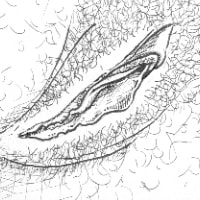 |
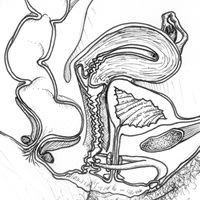 |
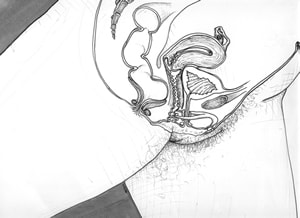 |
If you, or a partner, are interested in exploring this area, check out our many G-spot vibrators and dildos.
The vagina is extremely expandable -- think childbirth -- yet most the time the walls rest against each other. The vagina is about four inches long. After the initial bulge over the urethral sponge, the vaginal canal curves back to the cervix, the neck of the uterus. The outer third of the vaginal walls consists of ridges and folds of tissue, has more nerve endings, and is more sensitive than the rest of the vagina. The inner two-thirds of the vaginal walls are smoother and contain fewer nerve endings – therefore, the inner part of the vagina is more responsive to pressure than to light touch, friction or vibration. The cervix, the opening to the uterus, has no nerve endings on its surface, but, like the inner vagina, can be quite sensitive to pressure.
Many women find vaginal penetration extremely pleasurable, but not everyone enjoys it. It’s quite common for women to require clitoral stimulation in order to orgasm. This is not a sign that anything is wrong or unsatisfactory -- it’s just a matter of where the nerve endings are.
Anal play is something that many women enjoy. If you’re curious about it, please read Getting Started with Anal Sex for useful information about how to make it as fun as possible.

